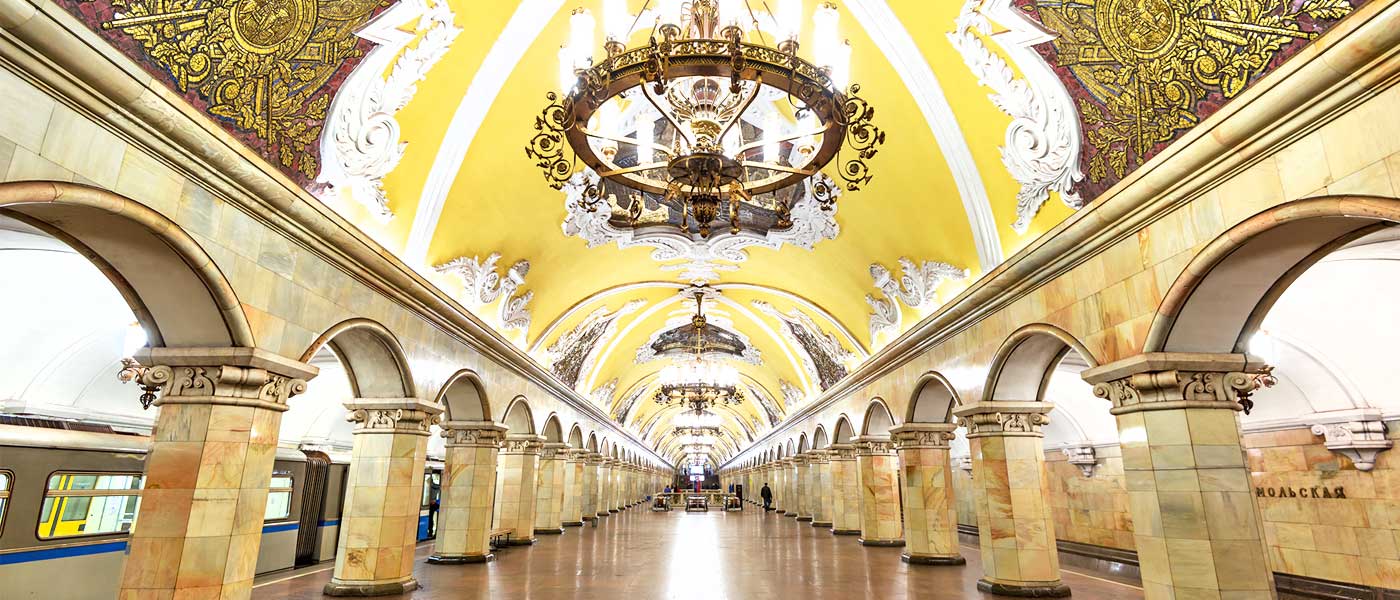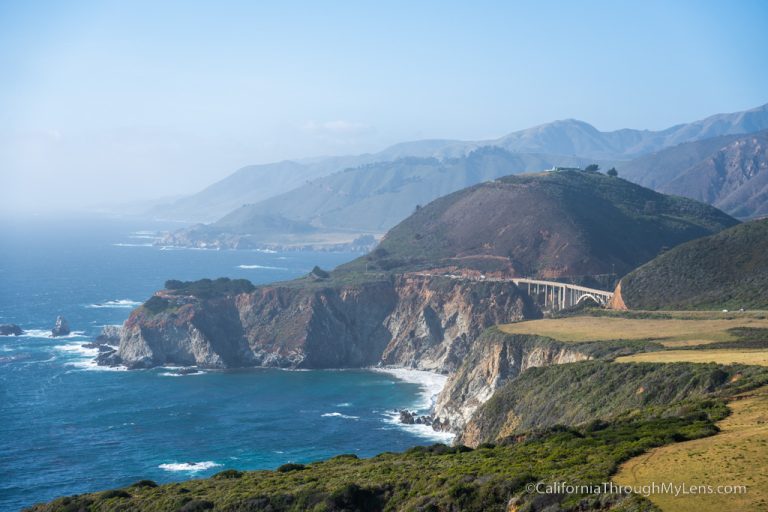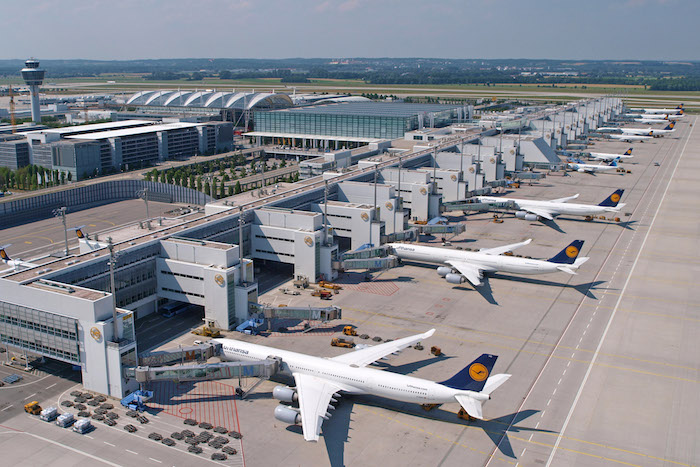
History of Moscow Metro Stations
On May 15, 1935, the first line called Sokolnicheskaya (Line 1, Red) was opened to the public.
From these figures alone, you will see that most of the train system is found underground and the deepest section will be Park Pobedy station which is at 84 meters!
In fact, due to the way these stations are built, it is said that in World War 2, the Moscow Metro stations served as air-raid shelters or bunkers. In case the enemy closes into the capital, it was even planned for the Metro system to be destroyed; fortunately, that didn’t happen and we can admire these works of art today.
• • •
“THE CIRCLE LINE“
Koltsevaya (Line 5, Brown) is commonly called the “Circle Line” and as the name implies, it’s a circle route that orbits central Moscow. It was built from 1950 to 1954 and holds 12 stations.
.
Since it was built during the height of Stalin’s regime, you will find that all of the stations here portray the style of socialist classicism which is monumental yet solemn. Stalin wanted them to be built under the slogan of being “Palaces of the People”, and true enough, stations such as Komsomolskaya and Kiyevskaya are photogenic structures that feature large chandeliers, sculptures, and murals that are not what you would call common designs for an urban public transportation system.
Today, the Moscow Metro has over 241 metro stations with a route length of 412.1 kilometers thereby making it the 5th longest in the world — as well as the longest outside of China! From these number of train stations, 88 were built deep underground, 123 are shallow, 12 are surface-level, and 5 are elevated.
The Moscow Metro (Московский метрополитен) serves the city of Moscow as well as the neighboring Moscow Oblast cities of Krasnogorsk, Reutov, Lyubertsy, and Kotelniki.
Though the first projects for the Metro were created long ago — even dating back to the Russian Empire — plans had to be postponed due to events of World War I, the October Revolution, and the Russian Civil War. In the 1920s, the project was resumed and construction was finally initiated in the 1930s.




